Westport’s lack of bus shelters remains inexcusable
With the lack of bus shelters, commuters like the ones pictured, come dangerously close into Post Road. As Westport operates under a “flag system,” many stops are entirely unmarked.
Driving down Post Road, I spot a woman clutching to her jacket, knee-deep in the dirty, brown snow, standing a few feet from the cars whizzing past her. I only see her for a split second, but as I look in my rearview mirror, I see her stepping into the road and boarding the town bus that has slowed to a stop in front of her. Unsettled, I turn my eyes back to the road and turn the heat in my car up a little higher.
But over the next few weeks, I noticed the same sight more often. Everywhere I looked, I saw more people similarly standing precariously close to the road with their faces turned, waiting to see the bus appear. I could no longer ignore the nagging feeling that something was not right about the scene. It seemed apparent that there was a clear need for bus shelters or anything that would serve to protect these commuters as they waited.
After returning home one day, I decided to finally look into it more and typed “bus shelters Westport, CT” into my search bar. Immediately, one link caught my eye: an article written by Dan Woog in 2009, entitled ‘Gimme Shelter.’ Perplexed, I read Woog expressing similar concerns about the lack of Westport bus shelters that was openly critical of the town’s failures. It was unnerving that Woog’s article–nearly 12 years old–was still completely relevant.
I quickly developed feelings of guilt each time I drove down the Post Road. My distress extended beyond just frustration that commuters were forced to stand by the side of the road in all weather conditions. Even worse was the fact that Westport’s section of Post Road has been the location of multiple fatalities, and I felt I was truly beginning to understand why.
Westport’s high fatalities are abnormal. It seems clear that the town’s irregular lack of bus shelters correlates to this growing number of accidents involving pedestrians. Just a simple structure with seating and overhead cover would allow for people to remain at a safe distance from the road, thus decreasing the risk of accidents.
In that quick search I did, I found town documents detailing conversations about shelter construction and mentally noted that almost none of the plans ever came to fruition. However, it is entirely unsurprising that little to no headway has been made; when I looked more into the actual guidelines in place to building shelters, I was shocked at how complex it was.
For one, statewide guidelines set tight rules on sizing, line of sight and the shelter’s proximity to private property. If public property meeting those guidelines were not adequately met, one would then have to negotiate the use of privately owned land. On top of all of that, there are issues concerning maintenance and general liability. Lastly, many Westporters have pushed back on bus shelters as well for fear of disrupting aesthetics.
Further complicating matters, the Westport transportation system runs on a set of rules that differ from other nearby towns. For one, Westport is one of few towns that operates on a “flag system.” This means any commuter can wave down a bus at any point along the way; in effect, stops are widely irregular and shelters therefore harder to implement.
Despite these hurdles, I found that numerous people have tried to get even one bus shelter built. One of those people I spoke to was Pippa Bell Adler, a Westport resident who was initially shocked herself at the state of bus shelters after moving here from Montreal.
Adler described an attempt made over six years ago when a committee was given $15,000 by the Westport Rotary to fund the installation of a single shelter on Post Road. After the inability to meet guidelines, time expired and the money had to be returned.
At what point will the town realize that the guidelines in place to ensure safety are only serving to prevent a crucial step in protecting commuters? Though I was glad to hear from Adler that a new committee has sprung up to again tackle the problem, it feels as though we are moving in circles trying to get even one shelter approved.











































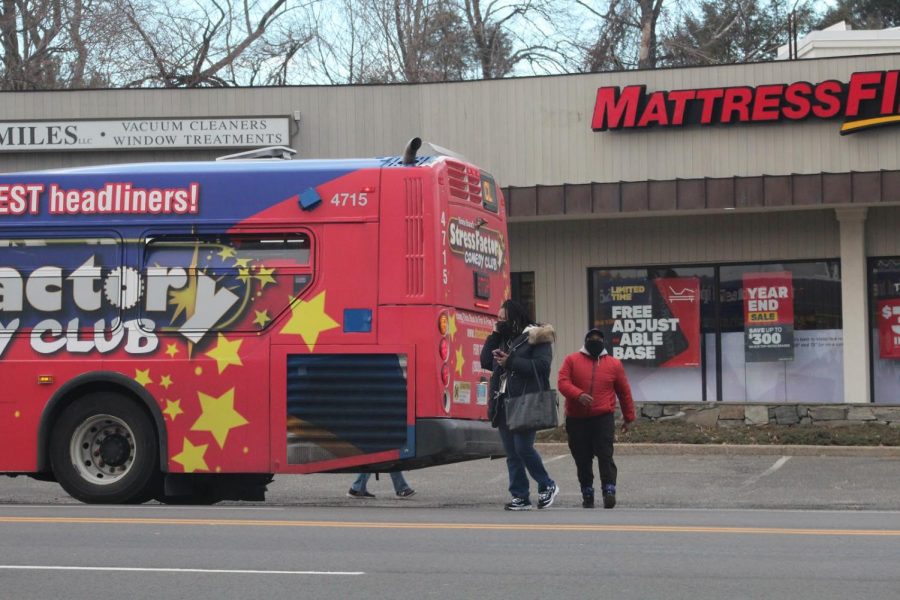


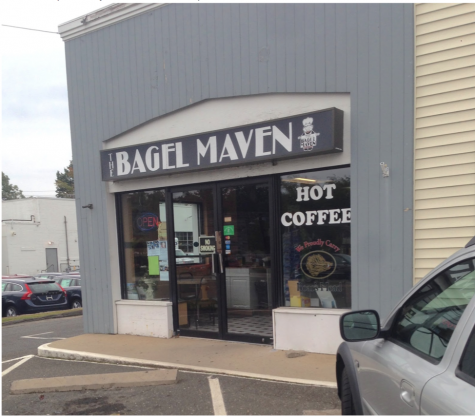
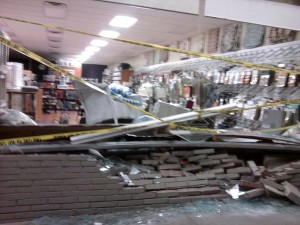


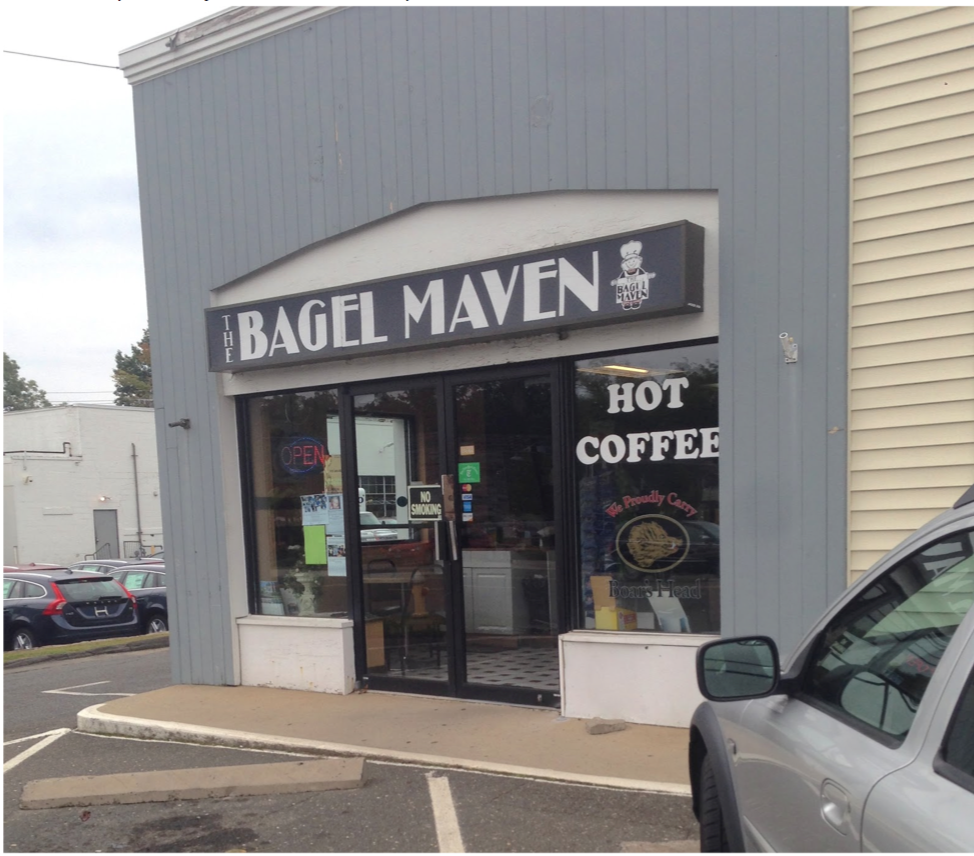
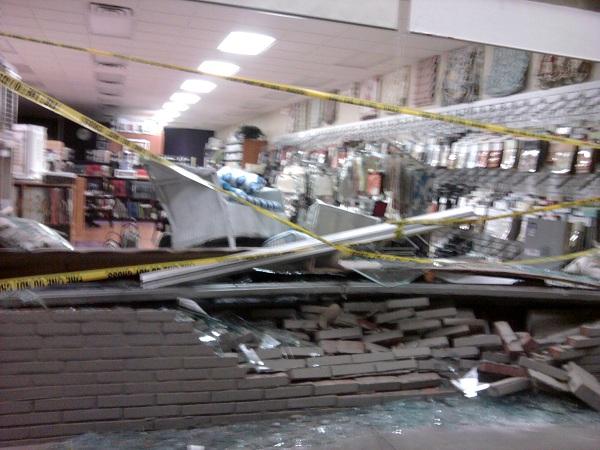








Dan Woog • Jan 25, 2021 at 12:04 pm
Thanks, Eliza, for this important story. They say “the wheels of change turn slowly.” Well, these wheels need to move quite a bit faster!